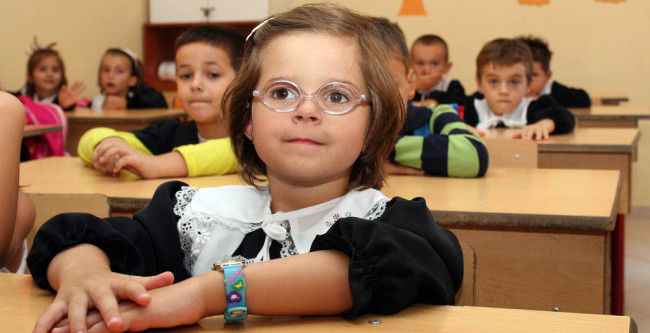 Some anxious children may be talkative and outgoing at home around their parents, but suddenly clam up when faced with certain situations or people. This can happen at school, at large family gatherings or out in public places. And even though the condition is known as “selective” mutism, it’s not as if the child has a conscious choice in the matter.
Some anxious children may be talkative and outgoing at home around their parents, but suddenly clam up when faced with certain situations or people. This can happen at school, at large family gatherings or out in public places. And even though the condition is known as “selective” mutism, it’s not as if the child has a conscious choice in the matter.
Selective mutism basically paralyzes them with anxiety, a “phobia of speaking,” as one author on the topic put it. The condition typically leaves anxious children unable to speak above a whisper, or even speak at all. Children who suffer from the condition often attempt to use non-verbal cues, such as facial expressions or nodding, to get their point across.
Selective mutism hits about one in every 150 children, and it can have a significant impact on a child’s comfort and abilities. Not only are the children unable to speak up to ask or answer questions, request to use the bathroom or otherwise meet their needs, but the Selective Mutism Information and Research Association also notes it can also interfere with their learning.
Selective Mutism vs. Shyness
Many anxious children may initially be shy or nervous in new situations, such as the first day of school. But as they become accustomed to the new environment, they typically warm up and begin to become more talkative and outgoing.
Children suffering from selective mutism don’t necessarily have that option. They may essentially remain mute throughout the school year, or longer, although parents and educators can take steps to help the child adapt and overcome the anxiety-related condition.
Selective mutism may be co-occurring with autism spectrum disorders or other anxiety-related conditions, and there’s no guarantee children will automatically outgrow it. Children may start to exhibit symptoms when they’re as young as 3 or 4 years old, and the condition can follow anxious children into adulthood.
What Parents Can Do
The earlier you can address selective mutism, the better off your anxious child can be. If selective mutism at school is the issue, the child, parents and school can work together to focus on creating a comfortable environment and taking small steps to help reduce anxiety levels enough for the child to speak.
Teens and older children may benefit from a program that focuses on incremental exposure and learning more about anxiety and facing fears. Behavioral therapy that systematically yet gradually exposes children to situations where they cannot speak can also help with gaining confidence and reducing fears.
It’s imperative that children never be pressured or forced to speak, but rather positively encouraged and supported. The Child Mind Institute says behavioral therapists can additionally provide specialized techniques anxious children can use during their controlled exposure to different situations as well as in real life. Once a child is diagnosed with selective mutism, immediate intensive therapy may be more beneficial than traditional, once-a-week therapy sessions.
With a supportive network, increasing familiarity with situations that used to instill anxiety and a building of confidence and trust, selective mutism doesn’t need to be an ongoing way of life.
SOURCES:
Photo Credit: World Bank Photo Collection via Compfight cc





